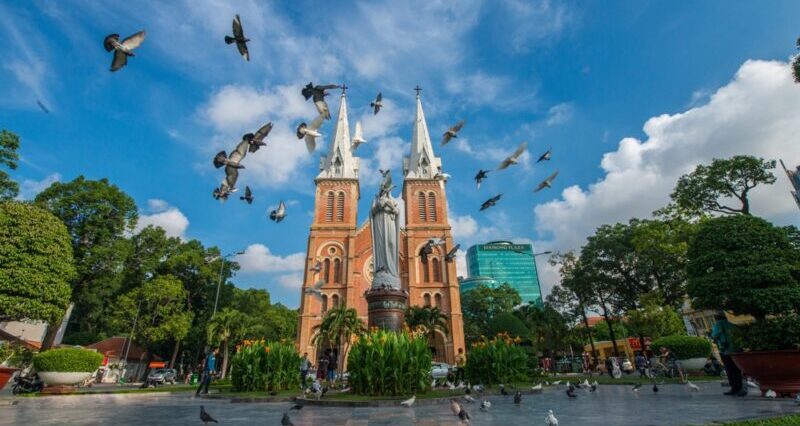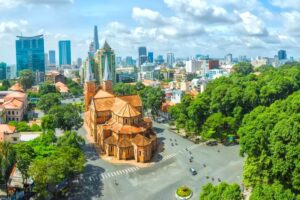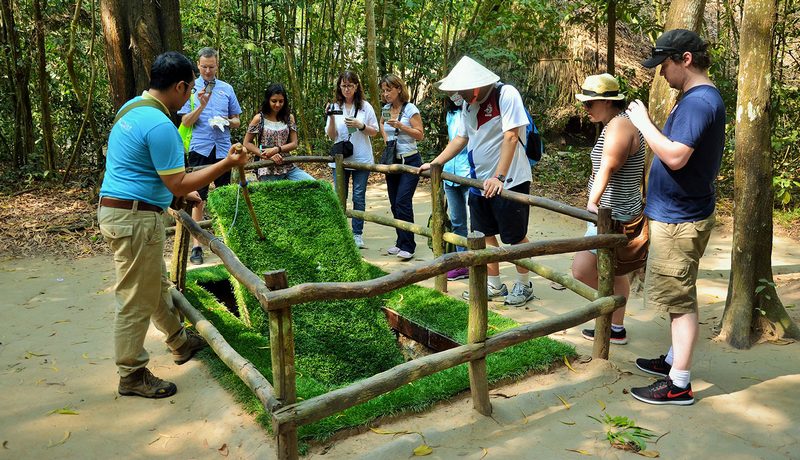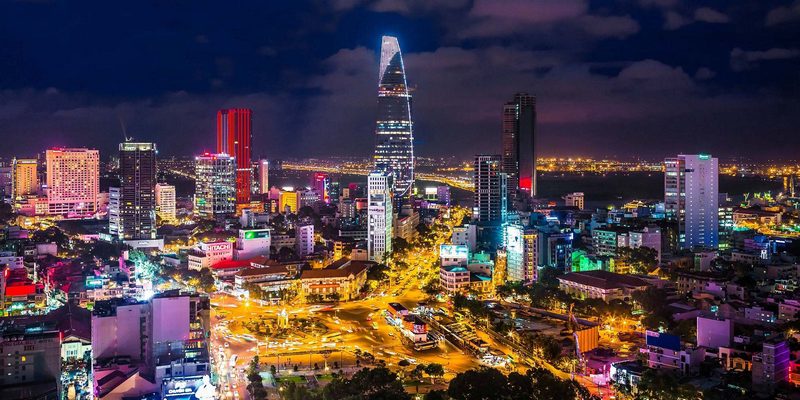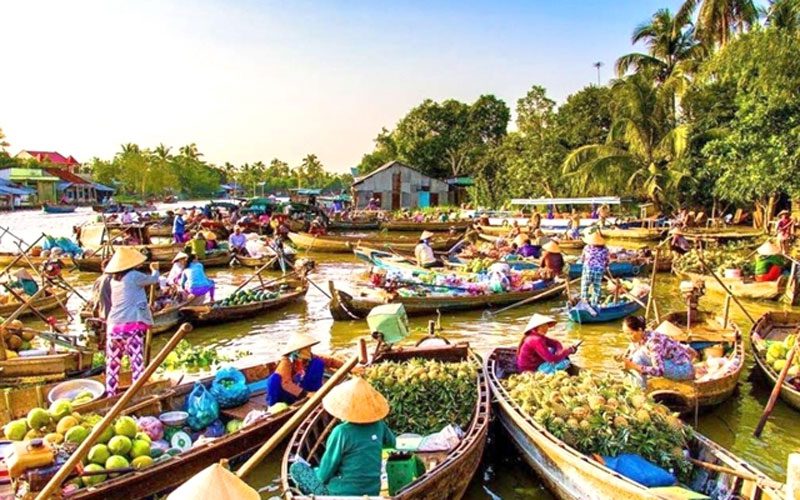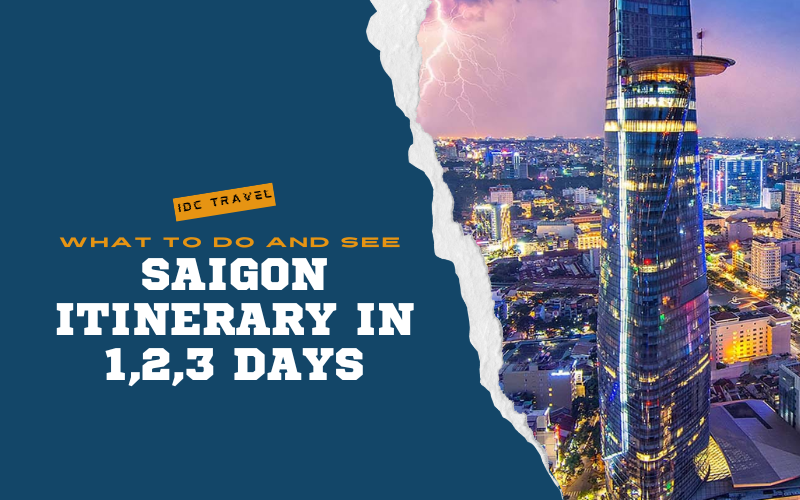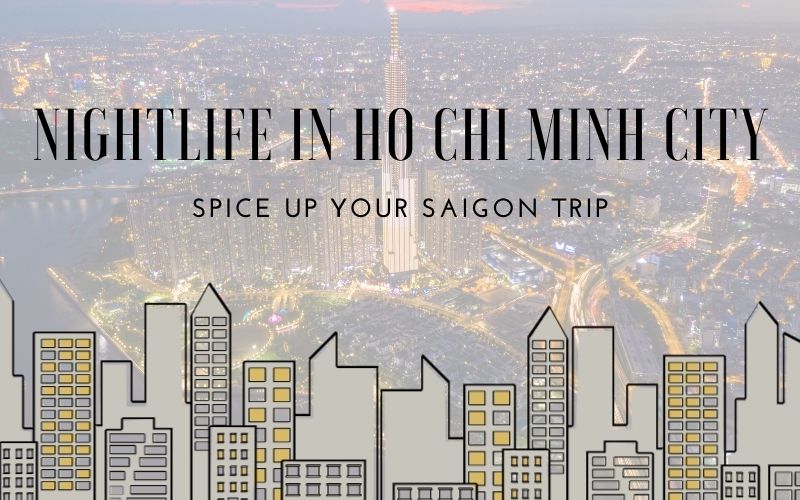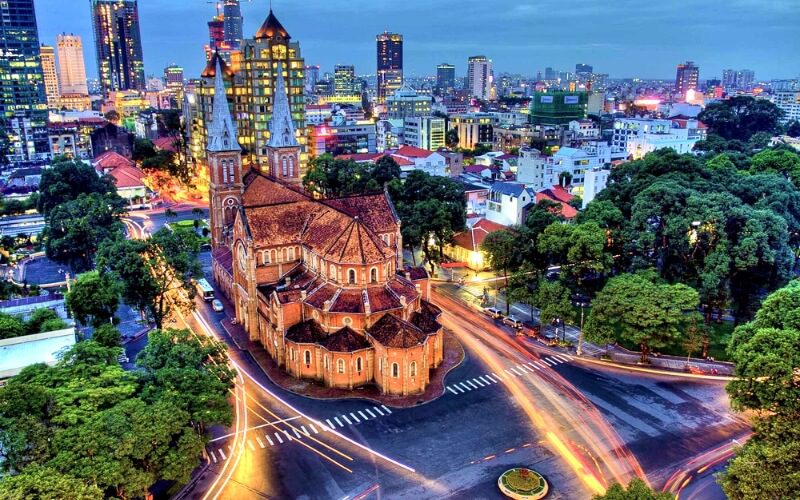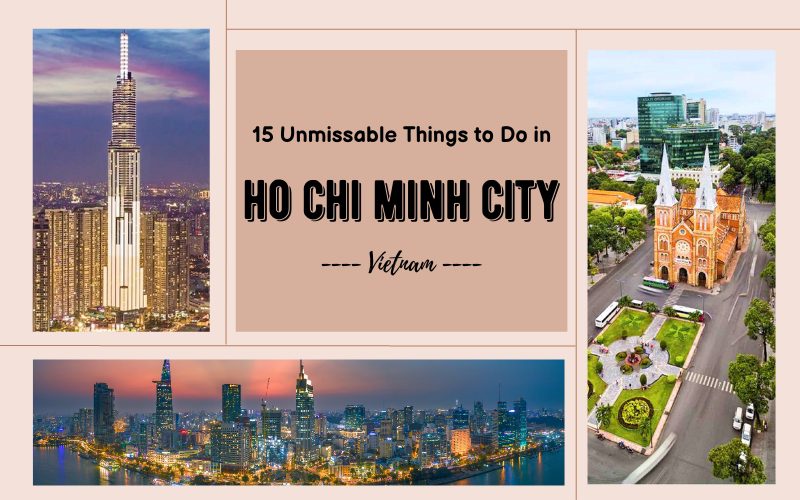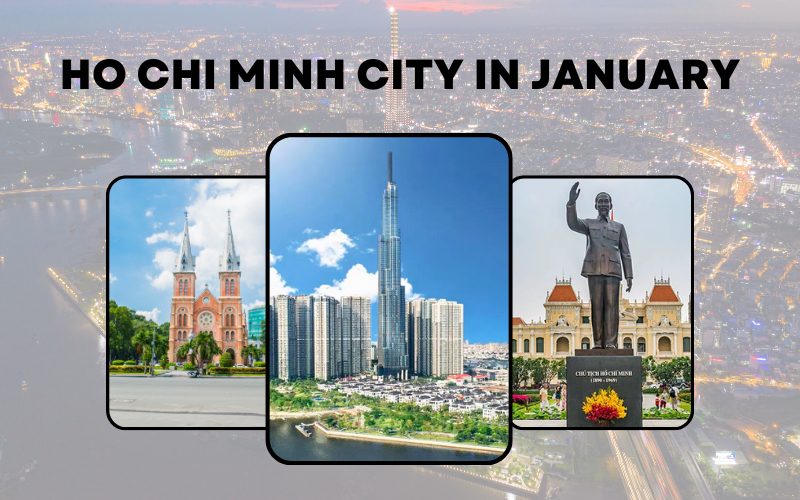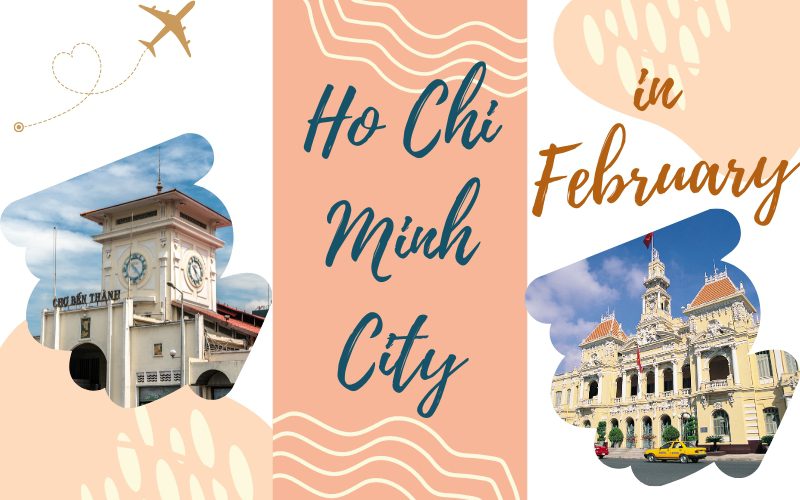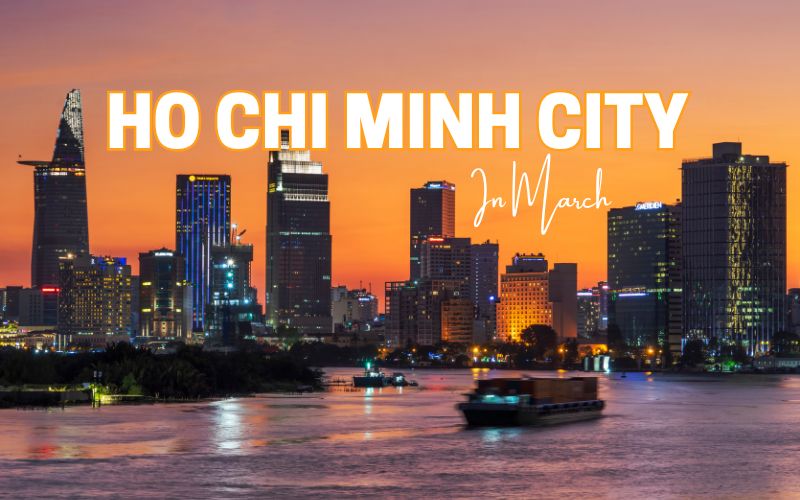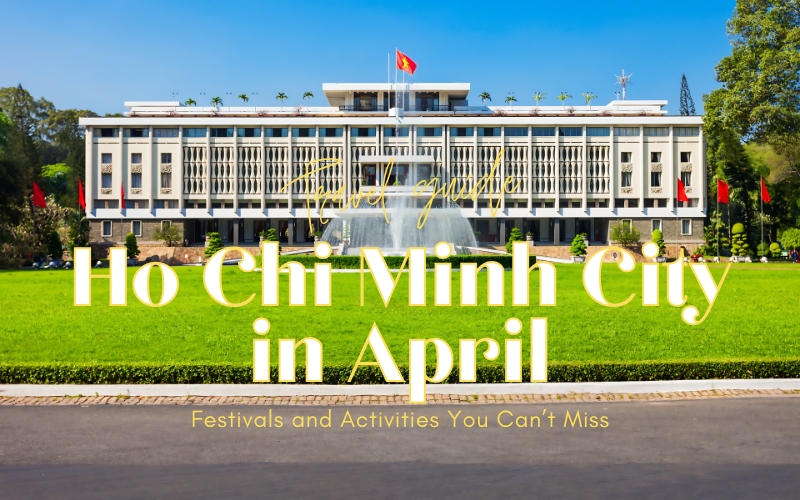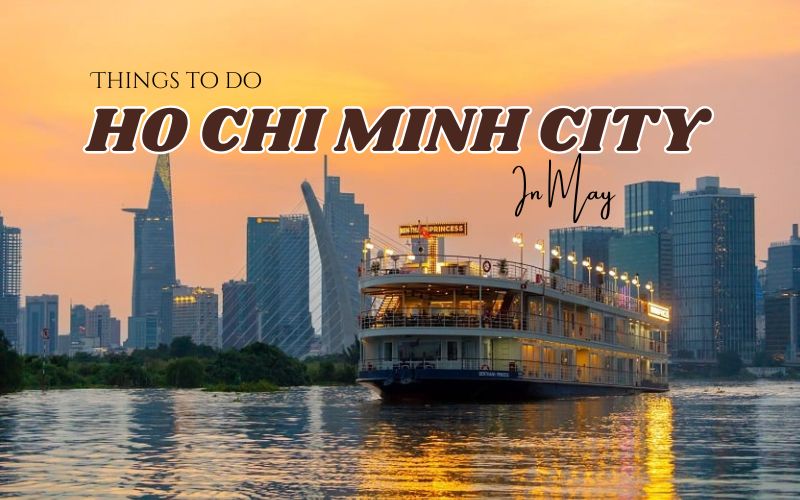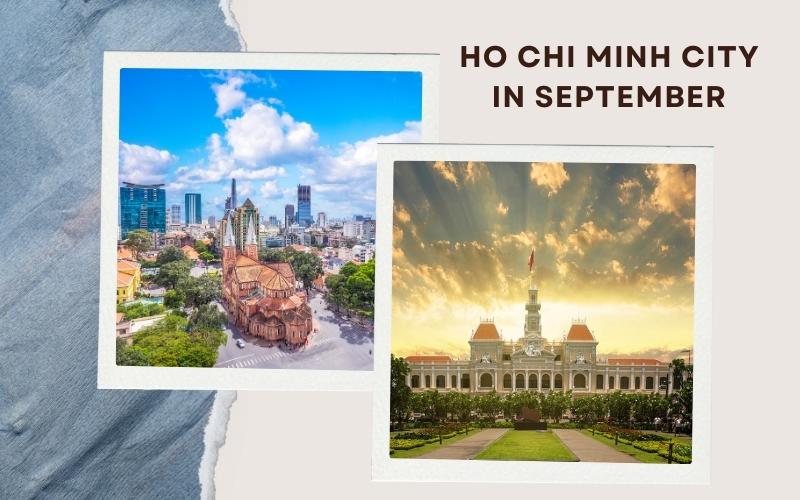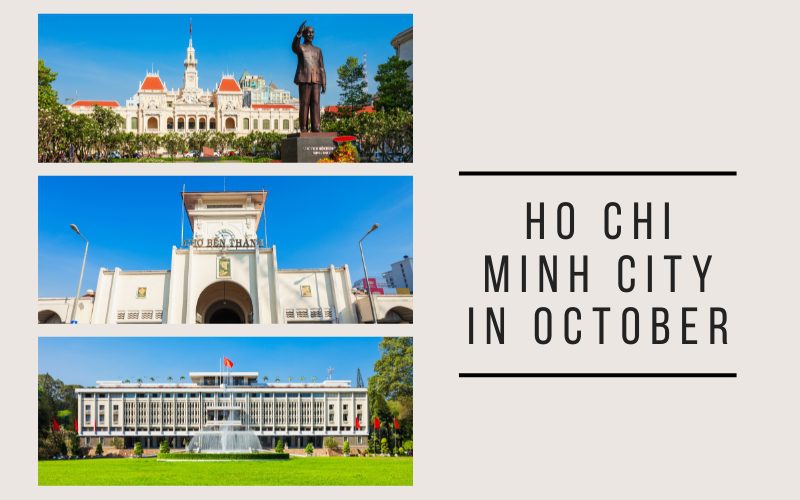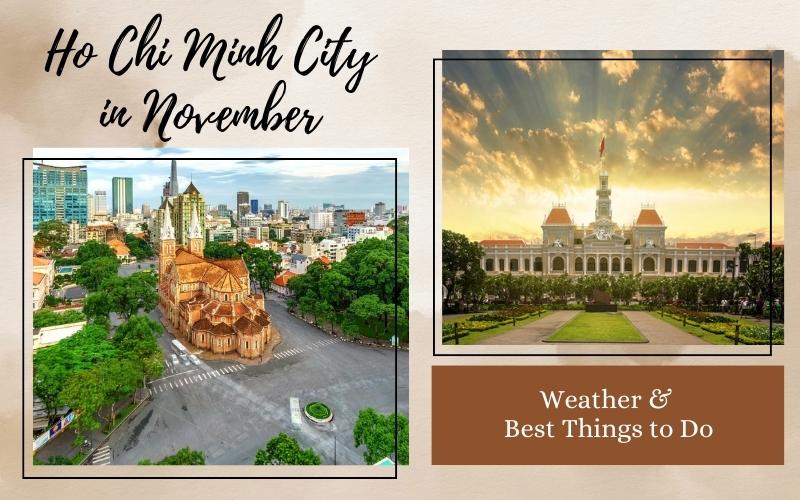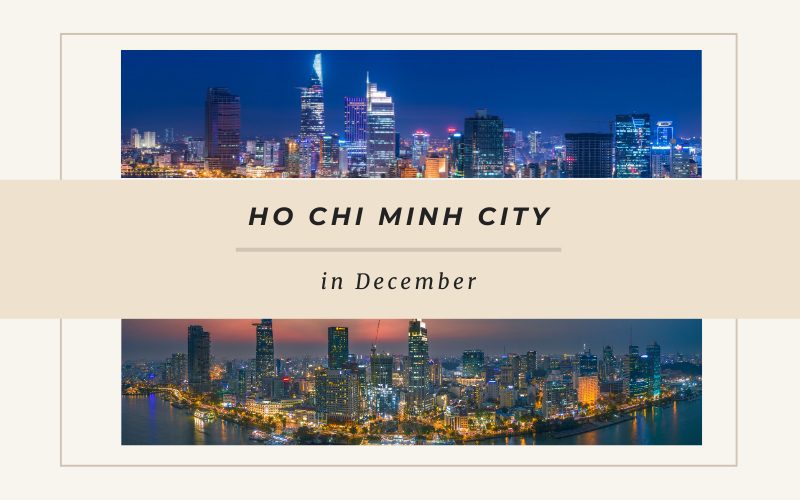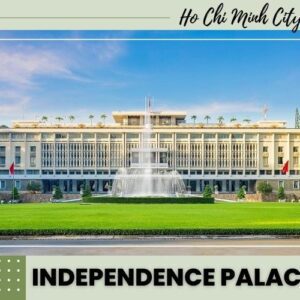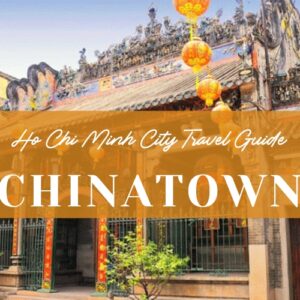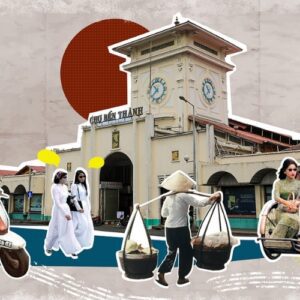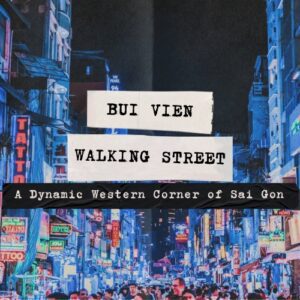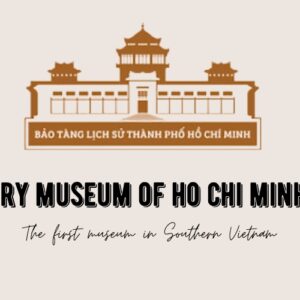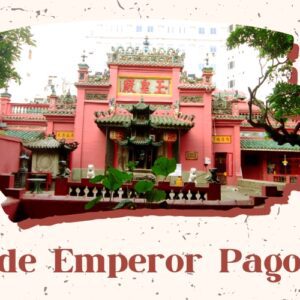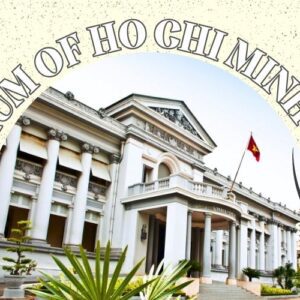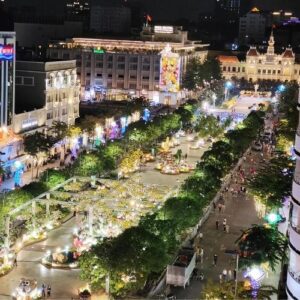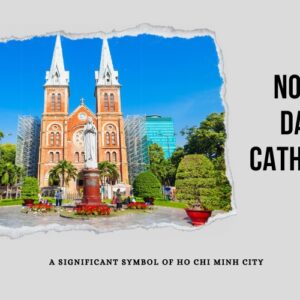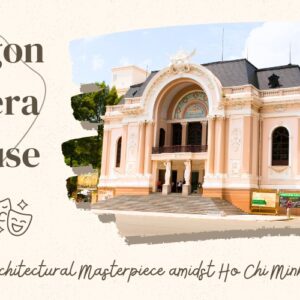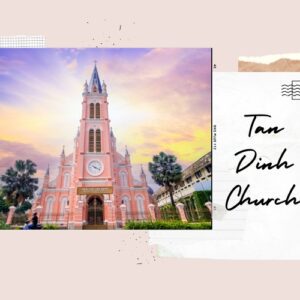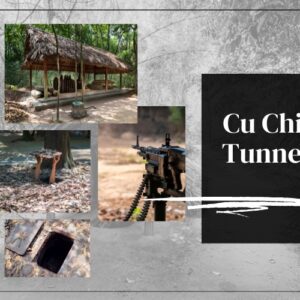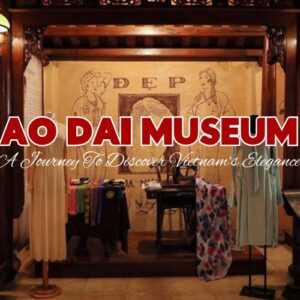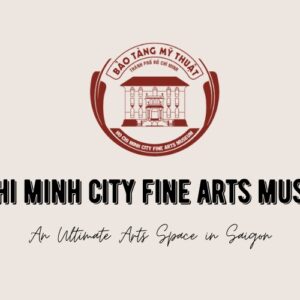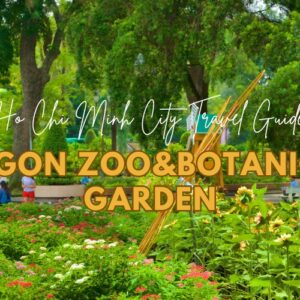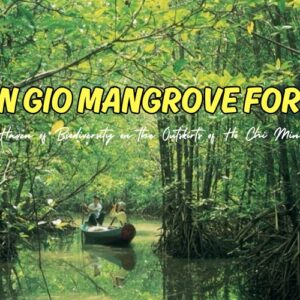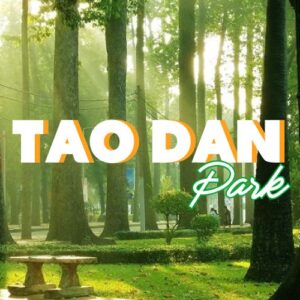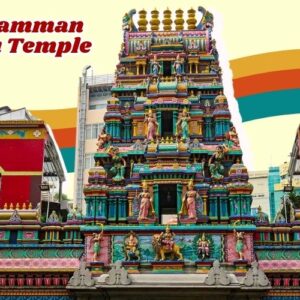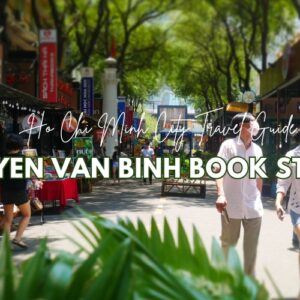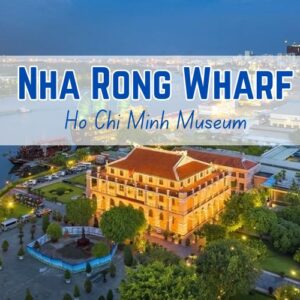Ho Chi Minh City, formerly known as Saigon, is Vietnam’s biggest city, known for its rapid economic growth and tourism development. The city attracts both natural and historical lovers alike. Plan to visit this city in the future, don’t forget to read our Ho Chi Minh City travel guide in the following.
General Information
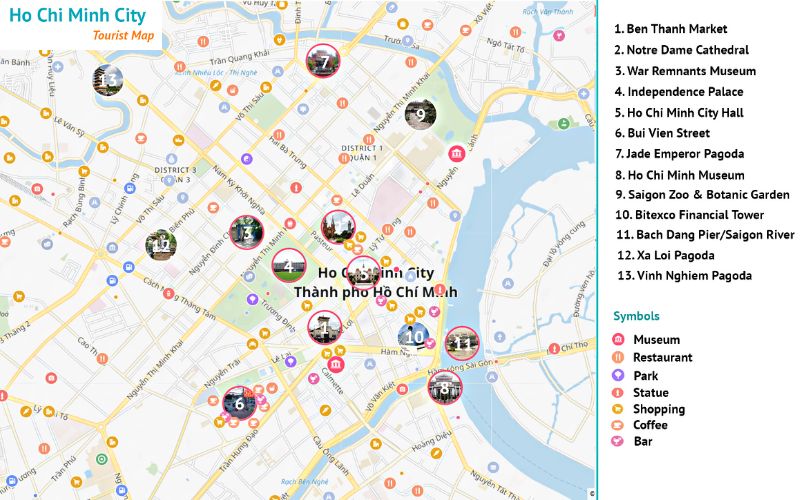
Ho Chi Minh City tourist map
Ho Chi Minh City has 8.6 million inhabitants in 2017, accounting for more than 8% of the country’s total population. Ho Chi Minh City, Vietnam’s largest city, is the country’s economic and commercial hub. Because of its geographical location, this city serves as a primary trading port, facilitating commodity exchange between Vietnam and other countries. This city also draws a large number of FDIs and employees from other parts of Vietnam as well as from abroad.
This city, known as the “Pearl of the Far East,” is noisy and crowded while also sparkling and dynamic. Until the 17th century, Saigon was a part of Cambodia. The Geneva Agreement, signed in 1954, marked the beginning of the American colony’s involvement in Southern Vietnam. From 1956 to 1975, this city served as the Republic of Vietnam’s capital.
Because of its size and history, there is never a shortage of fun and attractions in Ho Chi Minh City. From local markets, pagodas, and impressive traffic jams to colonial architecture, culinary specialties, and luxurious buildings, your tour to Ho Chi Minh City will allow you to discover the fusion of modernity and tradition, both Western and Oriental aspects.
Weather & Best Time to Visit Ho Chi Minh City
Ho Chi Minh City is hot all year, with temperatures ranging between 32 and 35 degrees Celsius. This city has an equatorial climate with two seasons: rainy and dry. The hottest months are March through May, with the rainy season lasting from May through October. Although there is no winter in Ho Chi Minh City, the effects of the northeast monsoon, which triggers Northern Vietnam in winter, can cause temperatures in Saigon to drop to 18 to 20 degrees Celsius in December and January.
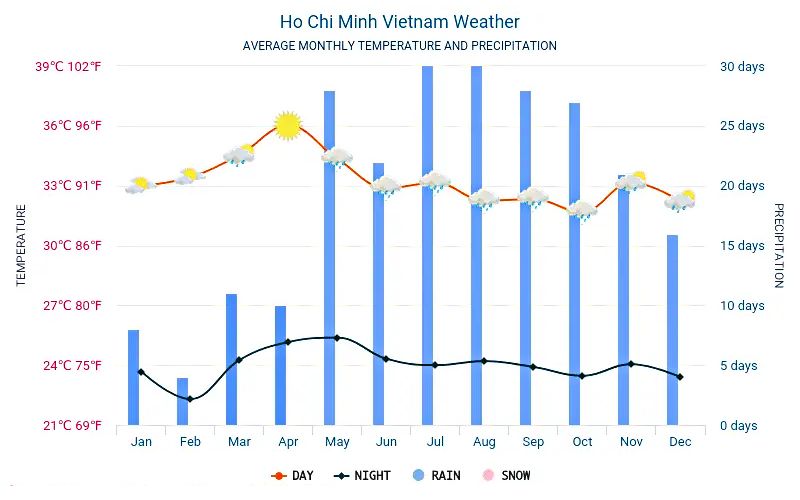
Ho Chi Minh weather
In general, visitors can explore Ho Chi Minh City at any time of the year. The months of December to March are ideal for visiting Ho Chi Minh City. The temperature ranges between 20°C and 32°C. This is the dry season in Ho Chi Minh City and the surrounding areas, with temperatures remaining relatively cool during the day and chilly at night. From June to August, it is still safe to travel to this city because the rains are brief and will not disrupt your trip.
Getting to Ho Chi Minh City
By plane
There are many daily flights between Ho Chi Minh City and Vietnam’s major cities, including Hanoi, Hue, Da Nang, Nha Trang, Da Lat, Phu Quoc, and others. You can combine your visit to Ho Chi Minh City with trips to the Mekong Delta, Phu Quoc, and Vung Tau as part of a tour to Southern Vietnam.
Direct flights are also available between Ho Chi Minh City and major cities in the United States, Europe, Australia, Japan, and other Southeast Asian countries.
A two-hour flight from Hanoi to Ho Chi Minh City covers a distance of 1,141 kilometers.
By train
Trains run between Ho Chi Minh City and other cities in Vietnam every day (Hanoi, Nha Trang, Da Nang, Hue, Quang Binh, Quang Tri, etc.).
Trains are of high quality, and you can choose between hard seats and soft seats with or without air conditioners, as well as hard beds and soft beds with or without air conditioners. The train journey from Hanoi to Ho Chi Minh City takes between 30 and 42 hours.
By road
Since 2000, Vietnam’s road network has grown significantly. Every day, buses run between Ho Chi Minh City and major Vietnamese cities such as Nha Trang, Phan Thiet, and Vung Tau. Road travel from Ho Chi Minh City to Phnom Penh and Siem Reap (Cambodia) is also possible. The journey from Ho Chi Minh City to Phnom Penh takes approximately 6 to 10 hours.
Getting around Ho Chi Minh City
On foot
Ho Chi Minh City is a large and bustling city, but the streets are quite dense in the city center, so you can explore the city on foot in 2 to 3 days at a relaxed pace. Walking around Ben Thanh Market and Chinatown is enjoyable.
However, tourists may experience anxiety when crossing our congested streets. When crossing the street, keep three things in mind: don’t stop, don’t rush, and don’t take a step backward. For many visitors, the traffic in Vietnam is one of the most exciting and impressive aspects of their trip.
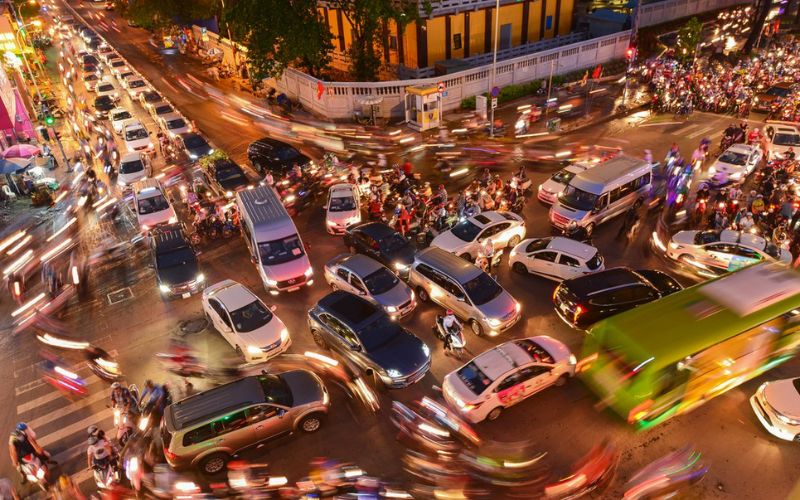
Traffic in Saigon during rush hour
Cycling
In this city, taking public transportation is inconvenient. This is why cycling is a viable option. You can rent a bicycle from your hotel. But think carefully and be cautious of the traffic here.
Xe Om (motorcycle taxi)
Every street corner in Ho Chi Minh City has a xe om. Remember that traveling by motorcycle is exciting and adventurous and that the price must be negotiated before you get on the vehicle.
Taxi
In Ho Chi Minh City, taking a taxi is an easy and safe way to get around. Vinasun is a well-known brand in the city, and its logo can be found on almost every street. Besides, you can book a taxi through some popular apps such as Grab, Be, and Gojerk.
Private car
It is more flexible to rent a private car in Vietnam and discover Ho Chi Minh cities and surrounding cities. Ho Chi Minh City is a starting point for an excursion in the Mekong Delta to discover our prosperous ‘Rice Basket’ or for a stay on some paradise beaches of Phu Quoc and Con Dao islands.
Some automobile brands for tourists traveling to Vietnam are the 4-seat Toyota Vios (or Toyota Atlis or Ford Lazer), the 7-seat Toyota Innova (or Ford Everest), the 16-seat Mercedes Sprinter (or Ford Transit), the 24-seat Hyundai County or the 45-seat Hyundai Aero Space.
Our car rental service in Vietnam offers you competitive prices so that you will have comfortable journeys. Our vehicles are all equipped with air conditioners and are always suitable for the number of people and the volume of luggage transported. The 4-seat car is sufficient for one or two people. Choose a 7-seat car for a group of 3 or 4 people, a 16-seat one for a group of 5 to 8 people, and a 24-seat for 9 to 15 people. Finally, for any group of 16 to 30 people, the car with 45 seats will be chosen. Contact us for more information.
Bus
There are 2 bus stations in Ho Chi Minh City: Mien Tay Bus Station (10 km southwest of the downtown) which connects the city to the Mekong Delta region and Mien Dong Bus Station (5 km southeast of Ho Chi Minh City) connects Ho Chi Minh City to the northern and central regions of Vietnam.
Where to stay in Ho Chi Minh City
Ho Chi Minh City has a large collection of 5-star hotels for a luxurious vacation. They are located in the best places in the city, especially those that have remained from the French colonial period, overlooking the Saigon River and the continuous flow of traffic.
The city also has countless budget guesthouses, boarding houses, and bed and breakfasts.
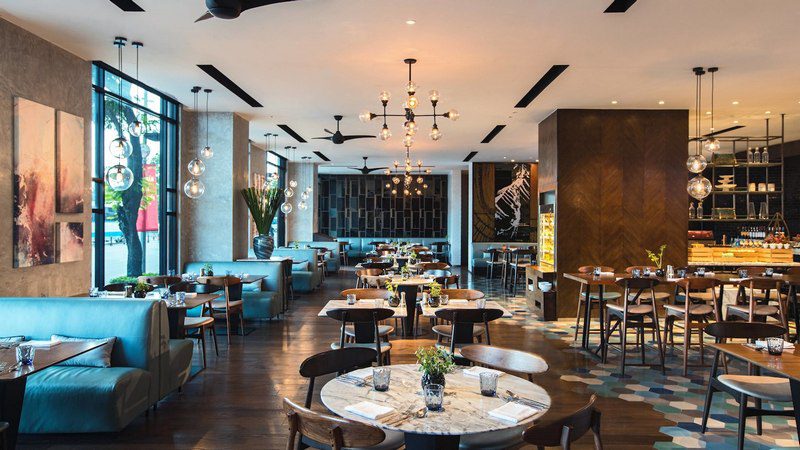
Renaissance Riverside Saigon
Here are some recommendations for the hotels most chosen by French tourists:
- Signature Saigon Hotel – 3*
- Lavender Boutique Hotel – 3*
- The Duy Hotel – 3*
- Continental Saigon Hotel – 4*
- Renaissance Riverside – 5*
- Sofitel Saigon Plaza – 5*
Places to visit in Ho Chi Minh City
As one of the most stimulating destinations in a trip to Vietnam, Ho Chi Minh City contains many ancient pagodas, skyscrapers, markets, shopping malls, and museums for you to discover. Most attractions and entertainment in the city concentrated in District 1.
1. Local Markets
Ben Thanh Market
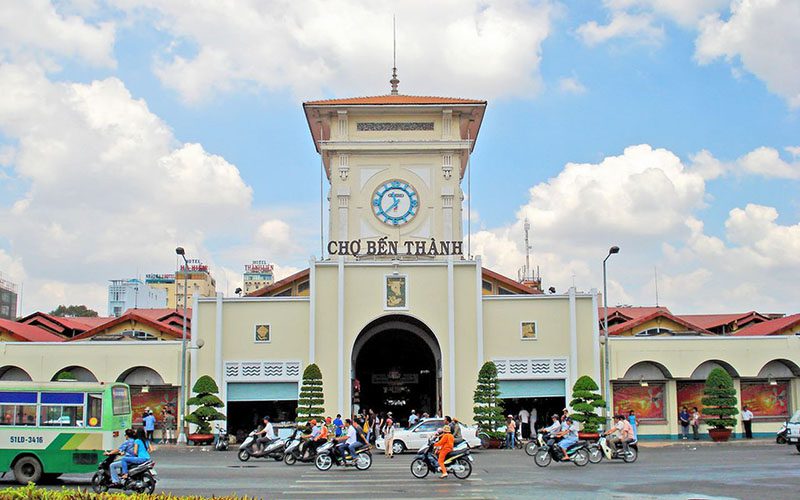
Ben Thanh Market- Ho Chi Minh City
Ben Thanh Market, located in the center of the city, is the place where you can buy lots of souvenirs and go shopping. There are many clothing, handicrafts, jewelry, hats, shoes, and food vendors at the market. However, you should bargain hard whenever visiting a local market in Vietnam.
Location: Le Loi Street, District 1
Binh Tay Market
It is not the most popular market compared to Ben Thanh, but it is less invaded by tourists. You can find everything and the prices are really affordable. In addition, you will be overwhelmed by the smells and colors of various foods and snacks available at the market.
Location: Thap Muoi Street, Binh Tay Ward, District 6
2. Museums
Ho Chi Minh City Museum
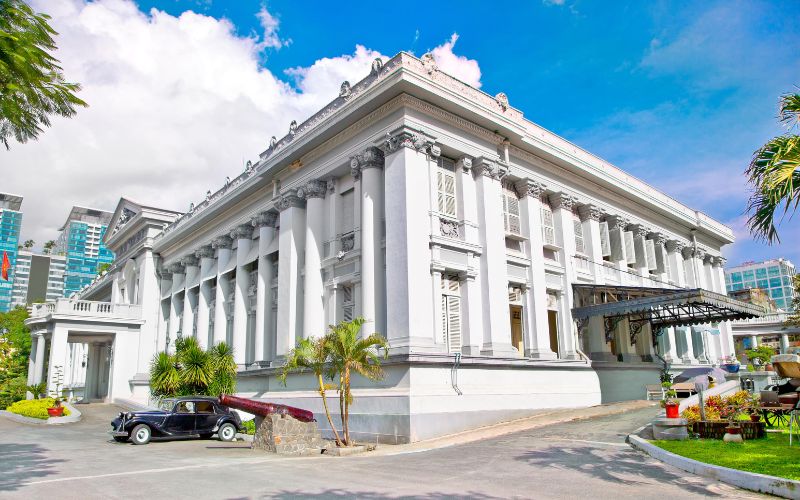
Ho Chi Minh City Museum
Formerly Gia Long Palace (and later the Revolutionary Museum), this museum contains precious information about various wars in Vietnam. Outside the museum are old American planes, a tank, and a UH-1 helicopter. Inside the museum is a collection of relics dating from different wars in Vietnam (medals, weapons, maps, etc.). There are also plenty of Buddhist antiques, archaeological artifacts, and marriage rituals of various ethnicities in the Ho Chi Minh City Museum.
- Location: 65 Ly Tu Trong Street, District 1
- Opening hours: 08: 00 – 17:00 from Monday to Sunday
- Entrance fee: VND 15,000 dong
Museum of Vietnam History
Formerly a French consulate in 1928, it was transformed into a museum in 1929. The massive number of antiques is the highlight of this museum. You can discover the whole history of the Museum of Vietnam History, from the Prehistoric Period and the Bronze Age to Cham and Khmer civilizations.
- Location: 25/2 Nguyen Binh Khiem Street, Ben Thanh Ward, District 1
- Opening hours: 08:30 – 11:30 & 13:30 – 16:30. Close on Mondays.
- Entrance fee: VND 15,000 dong
Museum of Fine Arts
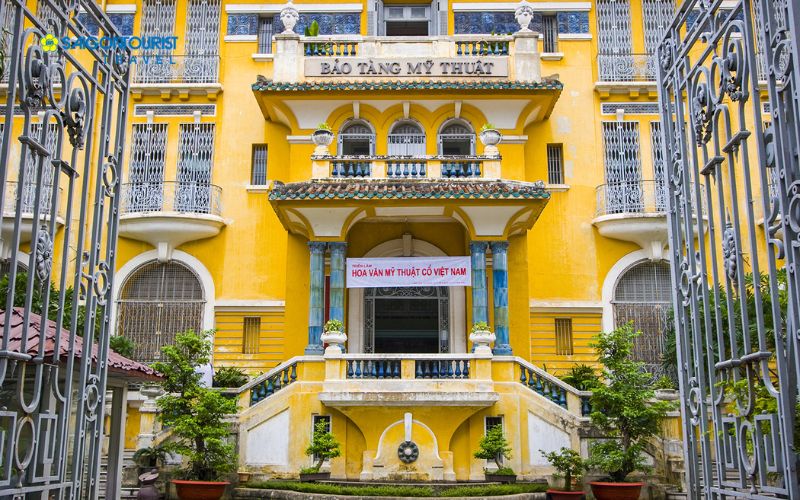
Ho Chi Minh City Museum of fine arts
This museum is probably heaven for art lovers. Museum of Fine Arts Ho Chi Minh City was originally a mansion belonging to a wealthy Chinese merchant – Mr. Hoa during the colonial era. This museum is built based on the rules of Feng Shui which emphasizes the harmony between nature and people.
The Museum of Fine Arts Ho Chi Minh City consists of three floors: The first two contain numerous classical and contemporary works of Vietnamese and international artists while you can see art created from the 7th to the early 20th century on the third floor.
- Location: 97A Pho Duc Chinh Street, District 1
- Opening hours: 09:00 – 17:00. Close on Mondays.
- Entrance fee: VND 10,000 dong/adult; 3,000 dong/child
War Remnants Museum (Bao tang Chung tich Chien tranh)
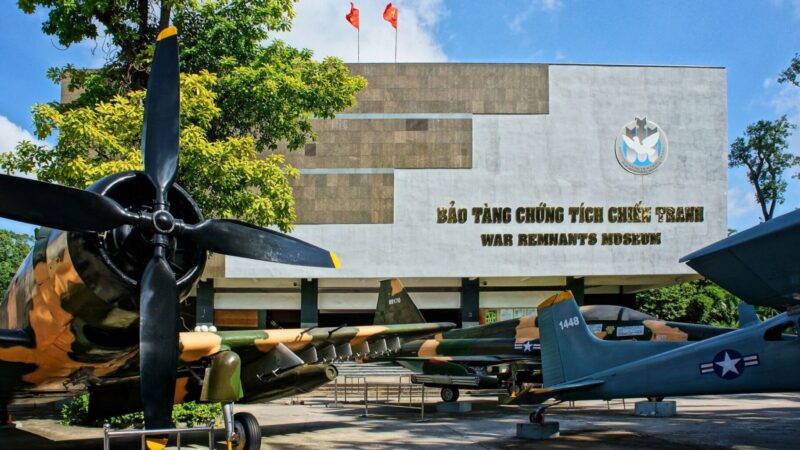
War Remnants Museum- Ho Chi Minh City
It is hard to ignore the scars of the Vietnam War when visiting this city. Formerly the US Information Service building, this place was established in 1975 after the war. The museum was originally called ‘Exhibition House for US and Puppet Crimes’, but the name was changed in 1996 for the sake of pacifism.
The museum contains a large number of photos and documents relating to war crimes. In particular, there is a large collection dedicated to the effects of Agent Orange: photos of deformed children, bottles containing chemical substances, etc. The museum’s courtyard is filled with tanks and helicopters used during the war.
- Location: 28 Vo Van Tan Street, District 3
- Opening hours: 07:30 – 11:45 & 13:30 – 17:15 from Monday to Sunday
- Entrance fee: VND 10,000 dong
Southern Women’s Museum
You will not find any country in the world that has two museums dedicated to the contributions of women. There are two women’s museums in Vietnam: one in Hanoi and one in Ho Chi Minh City. Southern Women’s Museum is built to honor our women for their great defense of the nation as well as their contribution to economic development. There are three floors in this museum which showcase photos, antiques, crafts, and Southern women’s traditional clothes.
- Location: 202 Vo Thi Sau Street, Ward 7, District 3
- Opening hours: 9:00 – 18:00. Close on Thursdays
- Entrance fee: Free
Dragon House Wharf (Ben Nha Rong)
Nicknamed ‘The Dragon House Wharf’ (Nha Rong), the museum is located in a colonial building that was built in 1863. The museum takes its name from the fact that Nguyen Tat Thanh (former name Ho Chi Minh), at the age of 21, left Vietnam in 1911 and set sail on the French ship named Admiral Latouche Treville from this wharf.
The museum contains many of his personal belongings, such as clothes, shoes, a radio, etc. You can see many pictures dedicated to his 30-year journey around the world.
- Location: 1 Nguyen Tat Thanh Street, Ward 12, District 4
- Opening hours: 7:30 – 11:30 & 13:30 – 17:00 from Monday to Sunday
- Entrance fee: VND 2,000 dong
Museum of Traditional Vietnamese Medicine
This museum is filled with pleasant smells from numerous traditional Vietnamese herbs and medicine which is heavily influenced by Chinese philosophy. The Museum of Traditional Vietnamese Medicine is divided into 16 rooms with different themes. You can discover different tools, herbs, containers, books, and paintings here.
- Location: 41 Hoang Du Khuong, Ward 12, District 10
- Opening hours: 9:00 -17: 30 from Monday to Sunday
- Entrance fee: VND 50,000 dong for adults and VND 20,000 dong for children
3. Pagodas and Temples
Ho Chi Minh City has many beautiful pagodas, temples, churches, and mosques. Most pagodas and temples are influenced by the Chinese, and dedicated to Taoism. A walk in these old buildings scented with incense is mesmerizing and will make you feel peaceful.
Jade Emperor Pagoda
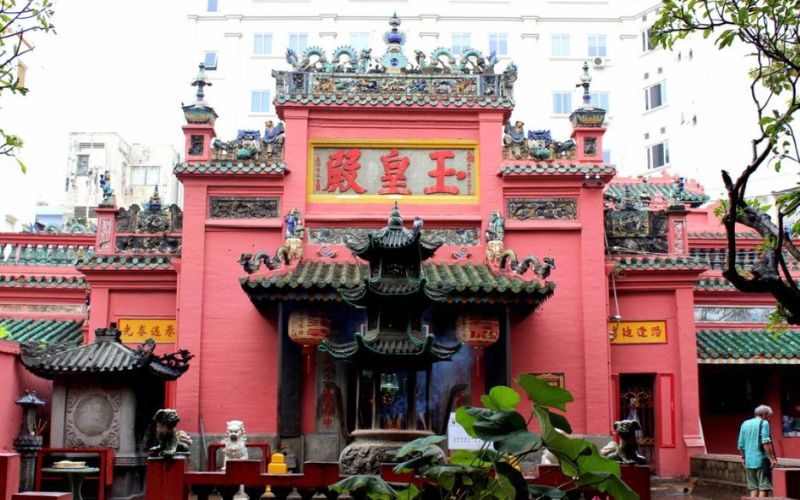
Jade Emperor Pagoda
Built-in 1909, Jade Emperor Pagoda is a beautiful Chinese temple. The subtlety of its architecture and the imposing size of its Buddhist and Taoist statues make it one of the must-see pagodas of Ho Chi Minh City.
Location: 73 Mai Thi Luu Street, Da Kao Ward, District 1
Giac Vien Pagoda
The pagoda was built at the end of the 16th century by Hai Tinh Giac Vien. It is said that Emperor Gia Long used to come here to pray on special occasions.
Location: 161/85/20 Lac Long Quan Street, District 11
Giac Lam Pagoda
The pagoda was built in 1744 by Ly Thuy Long. This is a gathering place of pilgrims in Ho Chi Minh City during the Lunar New Year (Tet holiday)
Location: 565 Lac Long Quan Street, Ward 10, Tan Binh District
Tran Hung Dao Temple
This temple is dedicated to Tran Hung Dao, our national hero under the Tran Dynasty. He successfully led our army to defeat the Mongol invasion during the battle of Bach Dang (near Halong Bay) in 1288.
Location: 174/51/17 Nguyen Thien Thuat Street, Ward 3, District 3
4. Colonial Buildings
Former the capital of the French colony of Cochinchina, and then the independent republic of Southern Vietnam during 1955-1975, and finally headquarters of the US command during the Vietnam War, Ho Chi Minh City contains many historic relics and buildings for history buffs to discover. Its buildings are highly influenced by Western architecture in harmony with the traditional Vietnamese style.
Saigon Notre-Dame Cathedral
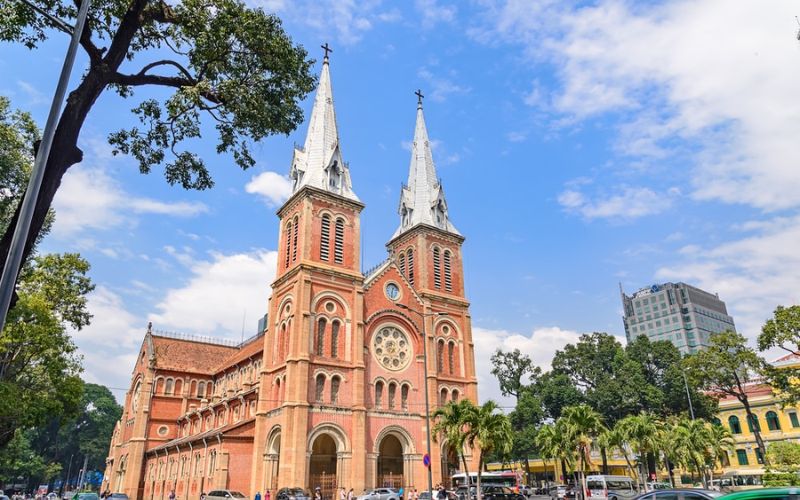
Saigon Notre-Dame Cathedral
Built-in 1880 by the French, the cathedral is located in the center of Ho Chi Minh City. It includes two high towers of 55 meters and six bronze bells. All materials were imported from France, including red bricks from Toulouse, giving the cathedral a brilliant color.
Location: 1 Cong Xa Paris, Ben Nghe Ward, District 1
Saigon Opera House (Municipal Theatre of Ho Chi Minh City)
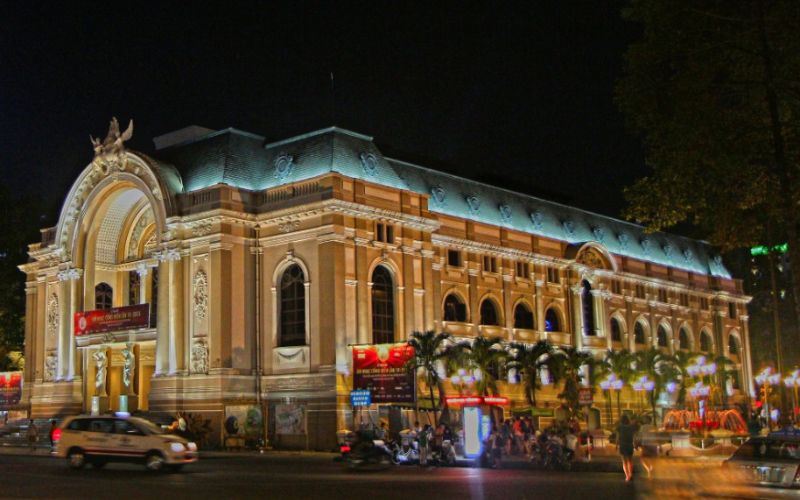
Saigon Opera House
Saigon Opera House, like the Hanoi Opera House, is largely inspired by the Opera Garnier in Paris. Built-in 1897, the opera contains 1800 seats and offers a wide variety of shows and concerts.
Location: 7 Lam Son Square Street, Ben Nghe Ward, District 1
Saigon Central Post Office
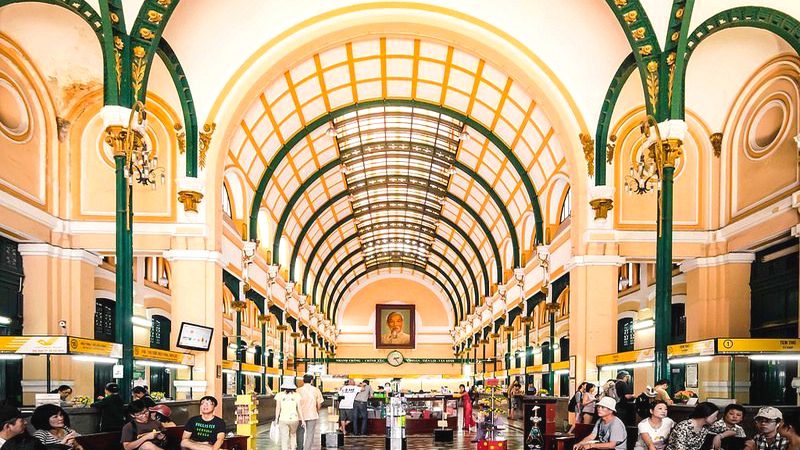
Inside the Central Post Office
Located next to Notre Dame Cathedral, the Saigon Central Post Office was built at the beginning of the 20th century. The connoisseur’s eye will immediately recognize the style of the metal frame which was designed by Gustave Eiffel when visiting this site.
Location: 125 Cong Xa Paris, Ben Nghe Ward, District 1
Cho Quan Church
French-built Cho Quan Church is one of the largest churches in Ho Chi Minh City. The bell tower offers a panoramic view of the city.
Location: 120 Tran Binh Trong Street, Ward 2, District 5
Reunification Palace (or Independence Palace)
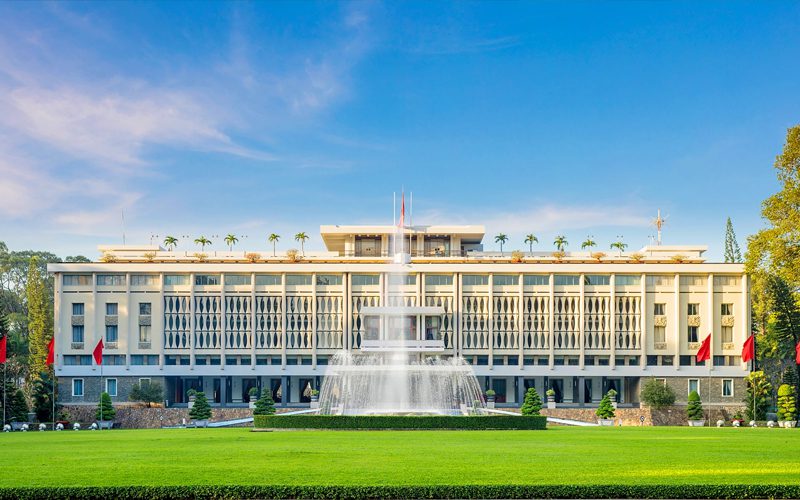
Independence Palace – Ho Chi Minh City
The former Independence Palace was built in 1973 by a Vietnamese architect called Ngo Viet Thu. Formerly the Norodom Palace, it was then used by the Governors-General of French Indochina. Ngo Dinh Diem used it from 1956 as a presidential palace.
During the Vietnam War, the palace was damaged by bombing. Ngo Dinh Diem then decided to demolish it and built the current building. Today, the palace remains as it was during the fall of Saigon on April 30, 1975, when the tanks of the North Vietnamese army destroyed the entrance gate and forced the president of Southern Vietnam to surrender.
Location: 135 Nam Ky Khoi Nghia, Ben Thanh Ward, District 1
What to Eat in Ho Chi Minh City
It is in Saigon that the cuisine flourishes. The city will offer you an endless choice of culinary experiences. Here are some typical dishes for your visit to Saigon.
Com Tam Saigon – Broken rice with grilled pork
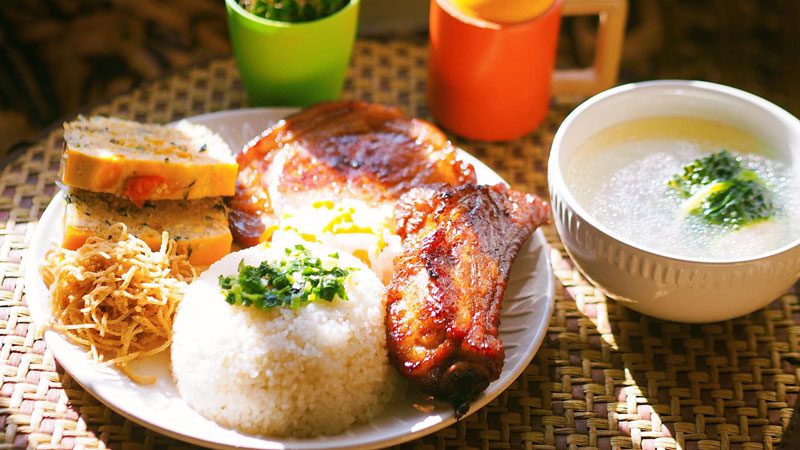
A tray of Cơm Tấm in Ho Chi Minh City
Com tam is undoubtedly Saigon’s most iconic street food. The name “com tam” means broken rice in reference to grains damaged during harvesting, transportation, or milling that no one wanted. Broken rice is the base of the dish and is accompanied by pork and/or fried eggs and vegetables.
Hu tieu – Saigonese noodle soup
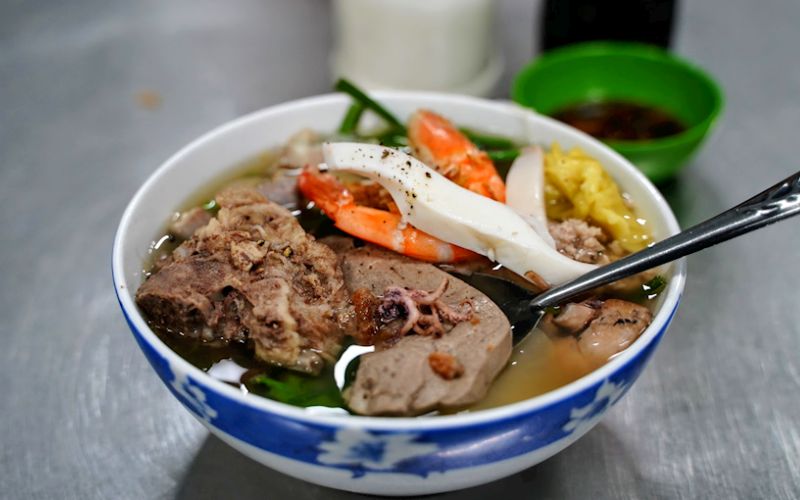
Hu Tieu – A popular dish in Saigon
Hu Tieu is a typical culinary specialty in Saigon like Pho in Hanoi. The main ingredients of this dish are rice noodles, simmered pork bone broth, pork meat, and intestine cooked with some onion, bean sprouts, and chives. Additionally, you can add chili sauce or a little lemon
Banh Xeo – Vietnamese pancake
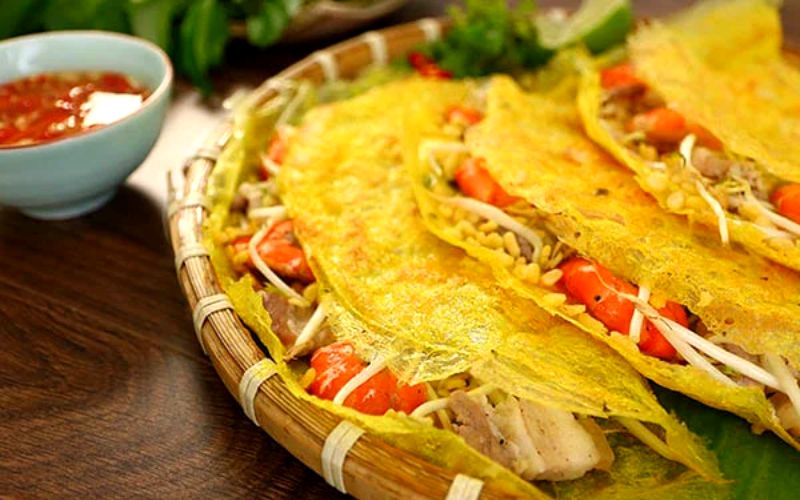
Banh xeo
Banh Xeo, or Vietnamese pancake, is a dish from Southern Vietnam. ‘Banh’ means cake and ‘xeo’ means sizzling. The pancake is made from rice flour, coconut milk, and turmeric which give it a brilliant yellow color. It is decorated with pork, shrimp, and various vegetables. These pancakes will tantalize your taste buds.
Banh mi – Vietnamese Baguettes
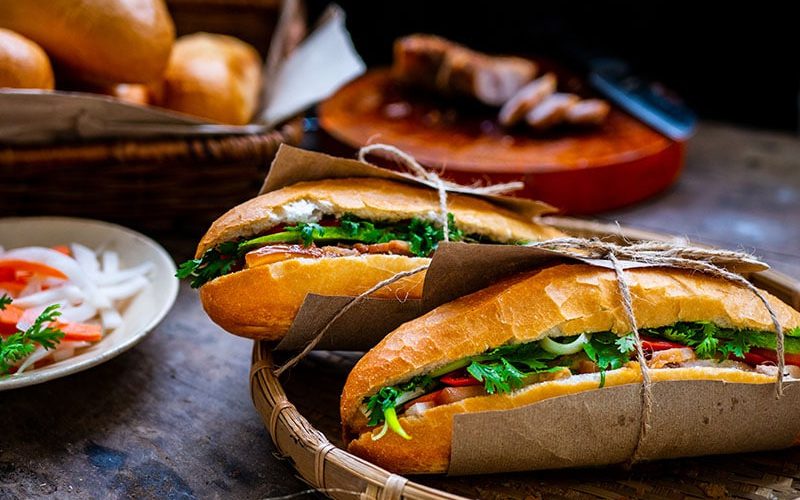
Banh mi -street food loved by every Vietnamese
Compared to other regions of the country, this Saigonnais sandwich is lighter, and crispier. Its filling consists of butter, soy sauce, young white radishes, thinly sliced carrots, cucumber, and coriander. Many stronger ingredients with local flavors can be added: cha ca (fried fish with turmeric and dill), cha lua (steamed pork), heo quay (roasted pork), pho mai (cow-type cheese who laughs), paté (pâté), xiu mai (various meatballs), boiled chicken, grilled pork tenderloin, ….
Oc – snails
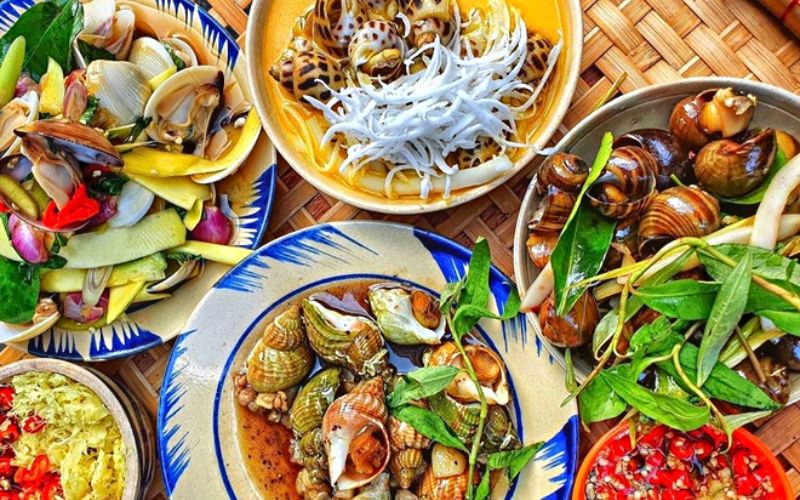
Snails – A dish you must try on Ho Chi Minh tour
It sounds scary, but it is a mouth-watering street food of this city. This dish even appears in Netflix’s documentary film about the most popular Asian food! There are many cooking methods for this dish – steaming, frying, sautéing, or grilling. It is served with several toppings such as lemongrass, coconut milk, chili sauce, scallions, and crushed peanuts.
Souvenirs to buy
Ao dai

Ao dai – traditional Vietnamese dress
Famous all over the world, Ao dai is the best recommendation for people who want to buy it as a gift. This dress shows the beauty of women and is one of the best souvenirs to buy in Ho Chi Minh. In addition, a number of other personalized services are offered to customers. They can choose from a wide range of fabrics and make their own bespoke Ao Dai from professional tailors. Additionally, travelers can request customization of the finished Ao Dai.
Ao ba ba
It is a traditional dress from South Vietnam. This popular souvenir is usually a silk top, paired with silk pants. Ao Ba Ba is considered a modern refinement of Ao Dai. The top is usually a long-sleeved shirt, buttoned up and split at the collar, and the bottom is simple pants. You can buy souvenirs in markets or souvenir shops.
Conical hat
Considered a symbol of the Vietnamese Wet Rice Civilization, it is a great opportunity for tourists to use as a souvenir in Ho Chi Minh City. It is usually made by hand, using natural materials such as bamboo, palm leaves, and Moc tree bark. Comfortable and practical, the conical hat has been commonly used as both a hat and an umbrella, so this item is one of the must-have pieces for Vietnam travel. This accessory perfectly combined with Ao dai or Ao Ba Ba highlights the beauty of women.
Chocolate Marou
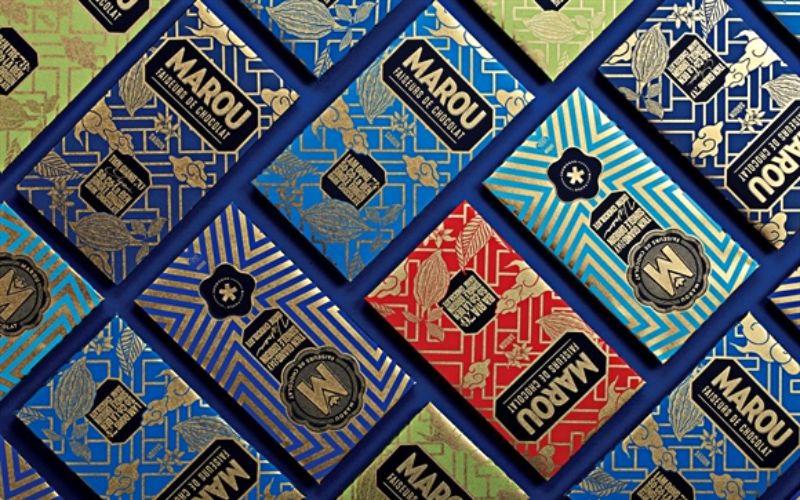
Chocolate Marou
The New York Times Magazine presents Marou as “the best chocolate you’ve ever tasted” for its Mekong Delta origin and the interesting history of this artisanal chocolate. The two French travelers Samuel Maruta and Vincent Mourou put it on the world chocolate map before the locals really appreciated it. Try it yourself, then pick some up for your friends back home at 167-169 Calmette, District 1.
Thanks to its prosperity in all fields, especially tourism, this city will give you a perfect chance to experience and explore many interesting things during your trip. Contact us for more information on planning your next vacation in Ho Chi Minh City!
Start planning your tailor-made tour with 1-1 help from our travel advisors.
- Plan your tailor - made trip with a local expert
- Book securely with money-back guarantee
- Travel stress-free with local 24/7 support


